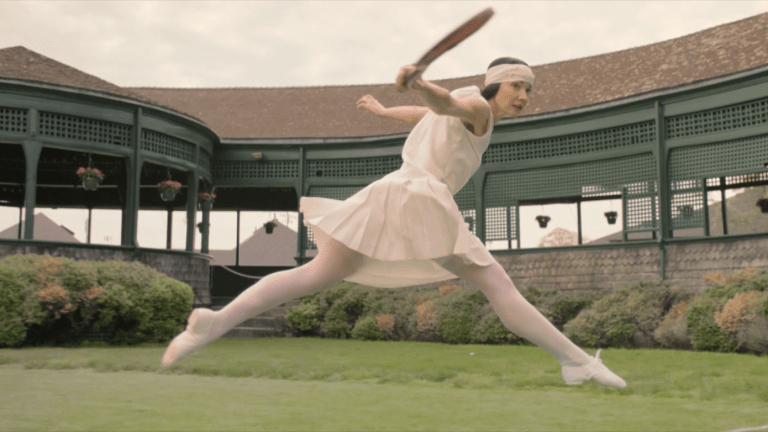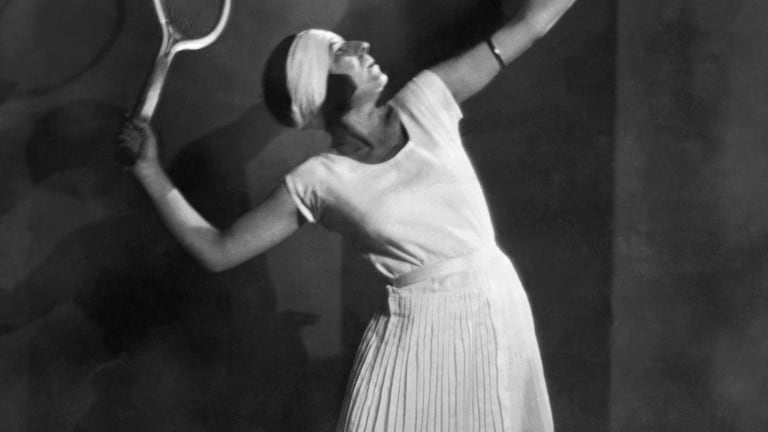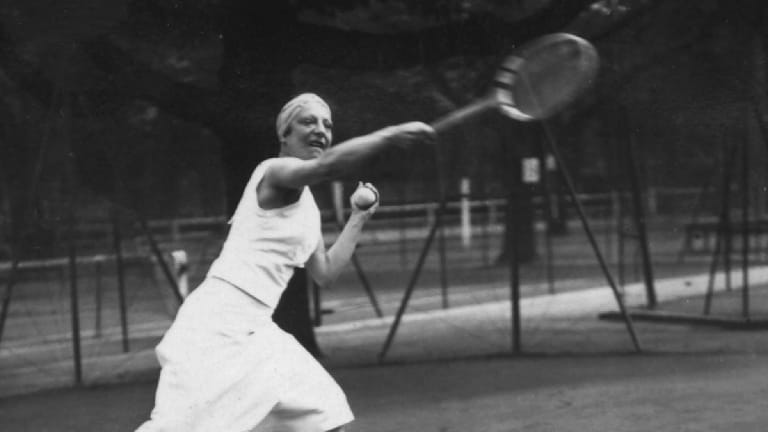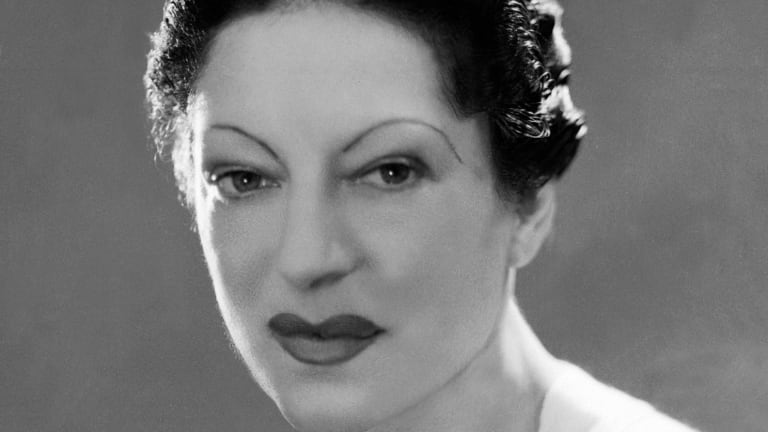Remembered for balletic game and brandy, Suzanne Lenglen was much more
By Oct 31, 2019Tennis star Coco Gauff is starting her own management firm
By Apr 03, 2025Pick of the Day
Charleston Betting Preview: Ekaterina Alexandrova vs. Diana Shnaider
By Apr 03, 2025Social
Daria Saville: Where are the brand deals for female players amidst 'tenniscore' trend?
By Apr 02, 2025Social
Watch Rafael Nadal stress out over Real Madrid, then celebrate a dramatic victory
By Apr 02, 2025Social
Andrey Rublev hits the practice court with Marat Safin in Barcelona
By Apr 02, 2025Billie Jean King Cup
Iga Swiatek and Emma Raducanu pull out of Billie Jean King Cup qualifiers
By Apr 02, 2025Tennis.com Interview
Feeling like a teenager, Alizé Cornet, 35, makes triumphant comeback from retirement
By Apr 02, 2025Ranking Reaction
Aryna Sabalenka surpasses 10,000 ranking points for the first time, joins exclusive list
By Apr 02, 2025Lifestyle
Emma Navarro's first stop in Charleston, and more “super niche tennis lessons"
By Apr 02, 2025Remembered for balletic game and brandy, Suzanne Lenglen was much more
"The Goddess" should also be celebrated as an early champion of an athlete’s right to a fair day’s pay.
Published Oct 31, 2019
Advertising

Remembered for balletic game and brandy, Suzanne Lenglen was much more
Advertising

Remembered for balletic game and brandy, Suzanne Lenglen was much more
© AFP/Getty Images
Advertising

Suzanne Lenglen, in 1920.
© AFP/Getty Images
Advertising
Remembered for balletic game and brandy, Suzanne Lenglen was much more
Advertising

Remembered for balletic game and brandy, Suzanne Lenglen was much more
© AFP via Getty Images